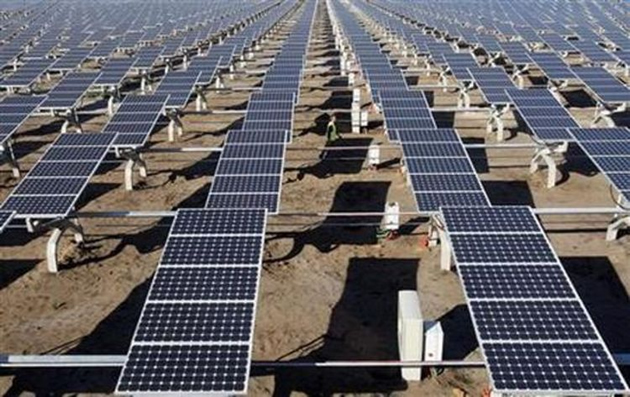EDITORIAL COMMENT: Policy interventions key to help gold sector

 REVELATIONS by the Chamber of Mines of Zimbabwe about the amount of recapitalisation required by large-scale gold miners are unsavoury. The Chamber of Mines said large-scale gold producers require an estimated $600 million to recapitalise over the next five years.
REVELATIONS by the Chamber of Mines of Zimbabwe about the amount of recapitalisation required by large-scale gold miners are unsavoury. The Chamber of Mines said large-scale gold producers require an estimated $600 million to recapitalise over the next five years.
About $130 million of that is immediately needed to ramp up production, retool and enhance efficiency. The chamber said viability challenges in gold mining are expected to affect the 2015 output, now projected by miners at 10 150 kilogrammes.
This is lower than the Government estimate of 15 000 kilogrammes. Gold production has taken a plunge from a peak of 29 tonnes in 1999.
The continued plunge in production is worrying. Gold is one of the top earners for the country and together with platinum, it accounts for over half of total mineral exports. Gold accounted for a large chunk of the $2 billion Zimbabwe received from minerals last year.
While gold remains at the summit of top earners, we are worried that its continued plunge could be costly to the country.
Already under pressure from weak prices, low production capacity could see Zimbabwe failing to realise its mineral potential.
We join the miners calling for policy interventions to save the sector.
The initiatives that the producers are calling for include reducing royalties and power tariffs.
Miners urge Government to cut royalties to between two and three percent from five percent compared to averages of three percent in the region.
The producers are also calling for a reduction of electricity tariffs to 6,7 percent from 12,8 cents per kilowatt hour. Reducing power tariffs would provide savings of about $83 per ounce while cutting the rate of royalty would result in cost savings of $22 per ounce.
Granting the producers their request to reduce production cost structures could help save the sector.
We, therefore, call upon Government through the respective ministries to look seriously into the producers’ concerns.
Savings from cost structures mean the producers could channel the savings towards recapitalisation.
We also call on the financial services sector to relook interest rates levels. Financing productive sectors such as the gold sector at lower interest rates could encourage production.
Once the gold miners recover from the slump, it could provide the banking sector more funds for on lending. Downstream industries will also benefit. We call on Government to relook at the gold mining sector.
A number of issues should be interrogated.
Is the gold we are accounting for on the formal market the true reflection of the gold being produced in the country?
Are we not losing gold through informal channels? We need to tighten border controls. We also need to monitor millers and make sure we do not leave room for leakages.
The gold producers should also look at other ways that could ensure they remain profitable. Streamlining operations, reducing operational costs and improving efficiency are some of the measures that could help.
The other thing we must focus on is the contribution of the small scale gold miners to total gold production. Small scale miners delivered 3,1 tonnes during the first half of 2015, a significant jump from the one tonne released in the comparable period last year.
This growth in the deliveries from small scale gold miners calls for serious consideration. The SMEs are the future of the economy.
We need to focus on them.
We need to engage the small scale miners and work with them. We are aware that Government is involved with the SME miners but we call for policy initiatives to support this important sector. To promote further growth of the SMEs, we need policy interventions that support the sector.
The policy initiatives should cover areas such as access to claims, funding, equipment and training.










Comments